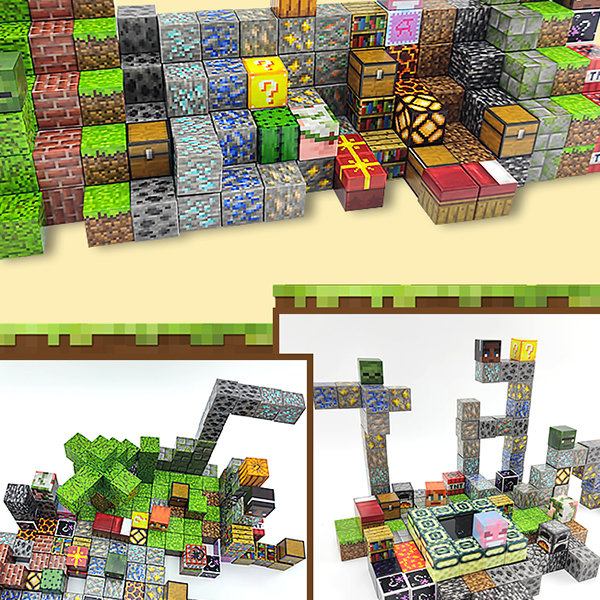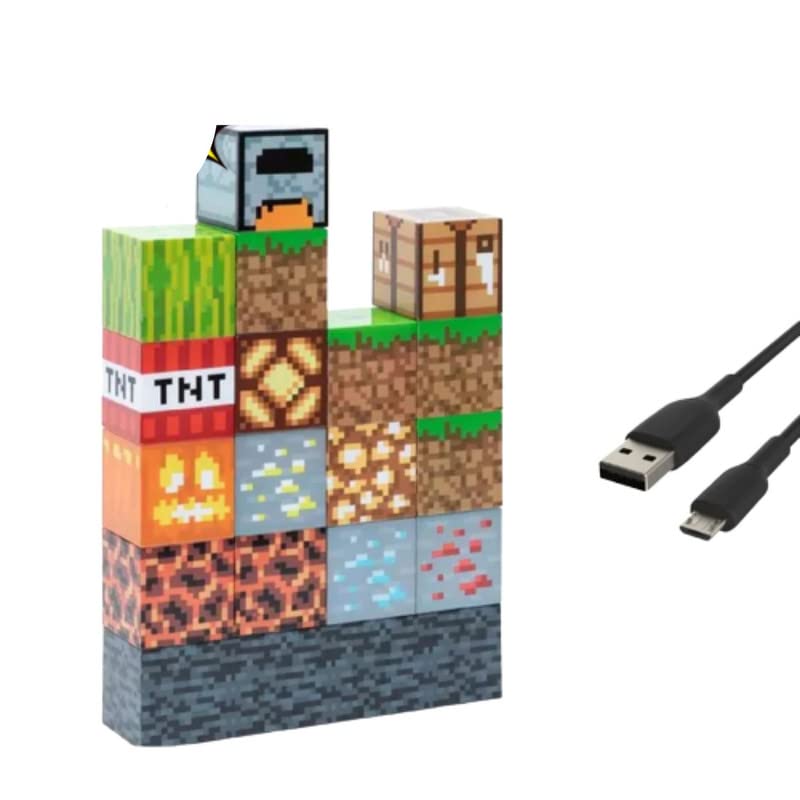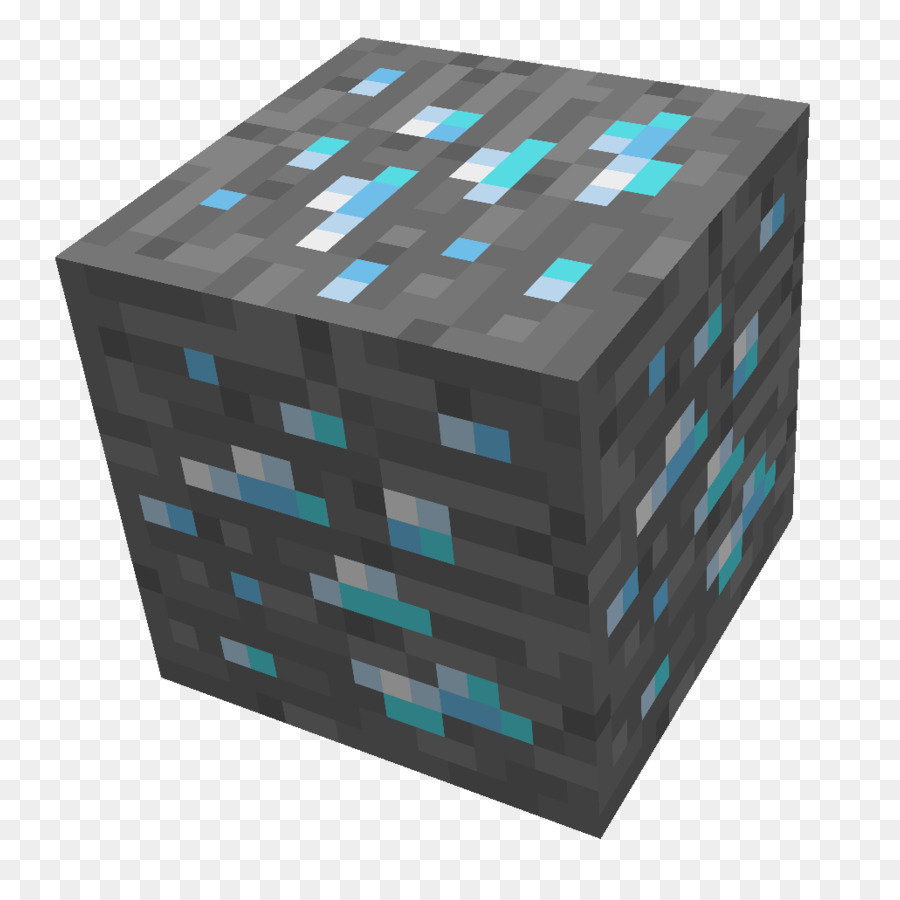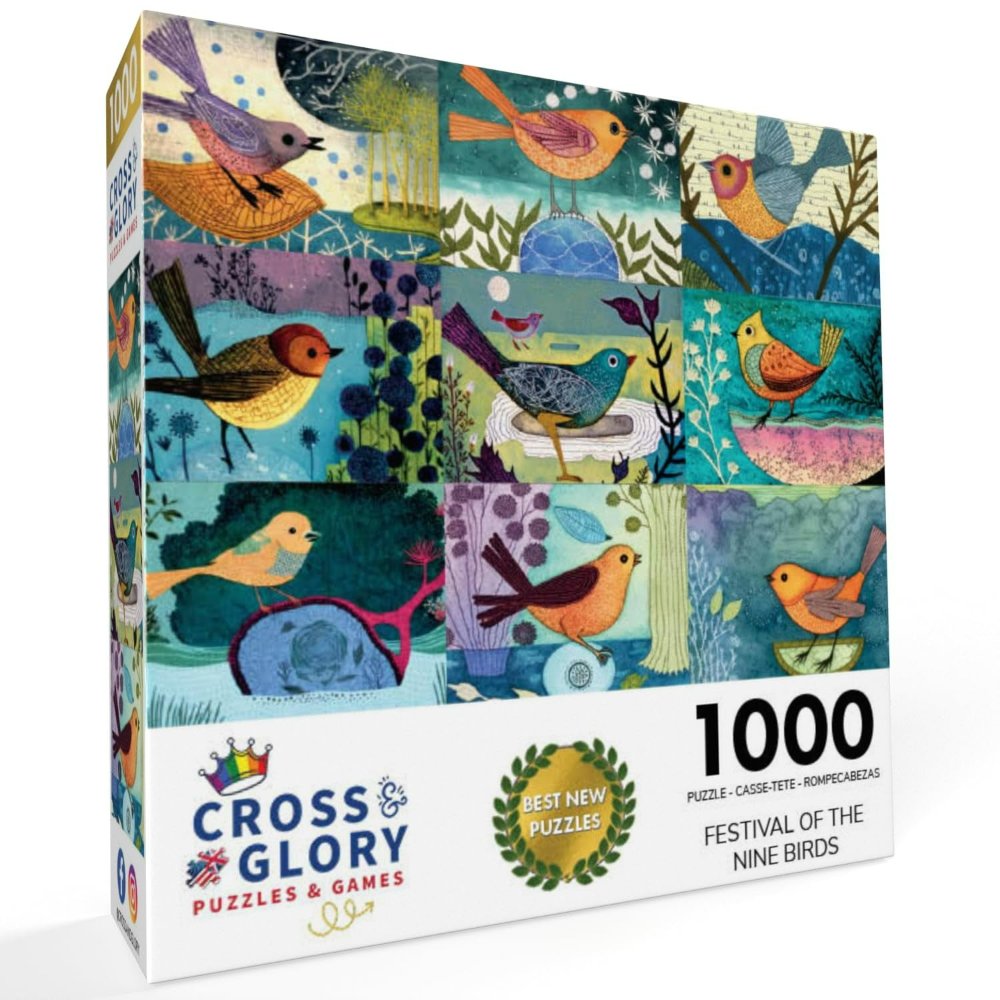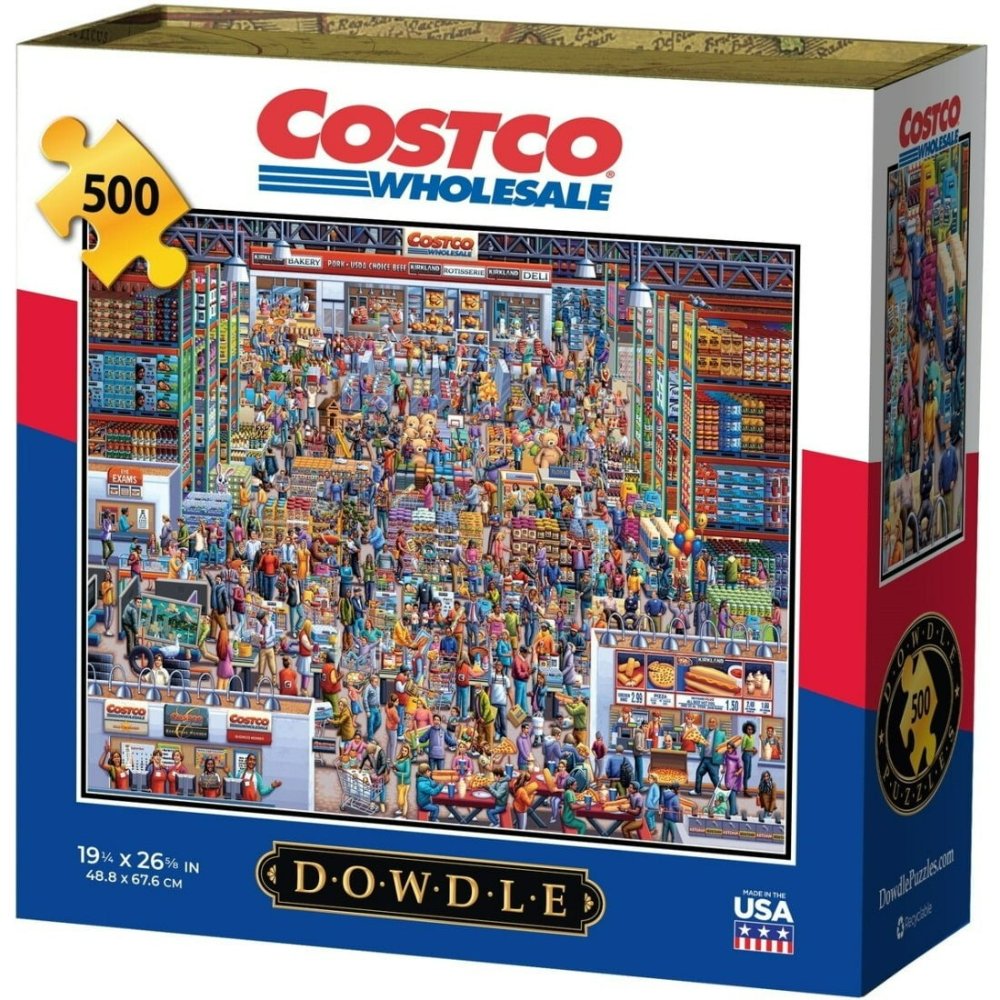Minecraft is a game built on creativity and exploration. The foundation of that creativity lies in its blocks. Every player interacts with these blocks, creating a unique world. In this article, we will dive deep into the various types of blocks in Minecraft. We will explore their functions, purposes, and how they enhance the gaming experience. Our exploration will cover building blocks, utility blocks, decorative blocks, and more. You will also learn about how to gather these blocks and include them in your creations.

Understanding Building Blocks in Minecraft
What Are Building Blocks?
Building blocks are the essential components of every structure in Minecraft. They form the very basis of any construction. These blocks come in different shapes and sizes. You can find them all over the game world. The most common type is the cube-shaped block. Standard blocks like dirt, stone, and wood serve as the foundation for most builds. Players often use these blocks to create homes, castles, and entire cities.
Types of Building Blocks
Minecraft offers a wide array of building blocks. Some of the most popular types include:
- Dirt Blocks: These are one of the most abundant blocks in the game. Players use dirt blocks for simple constructions or to fill in holes.
- Wood Blocks: Wood comes from trees. Players can gather wood by chopping down trees and converting the logs into planks. Wood is great for crafting furniture and building homes.
- Stone Blocks: Players often mine stone to create stone blocks. These blocks can withstand more damage compared to dirt and wood, making them ideal for building durable structures.
- Concrete Blocks: Players can make concrete blocks by combining concrete powder with water. They come in many colors and add a modern feel to builds.
- Brick Blocks: Brick blocks are crafted from clay. They provide a unique texture and are often used for classic-style buildings.
Gathering Building Blocks
Gathering building blocks is vital for any Minecraft player. Most blocks can be obtained easily with the right tools. For example, to collect wood, players need an axe. With the axe, they can chop down trees quickly. Stone blocks require a pickaxe. Players can use various types of pickaxes, depending on the stone they want to collect. This process encourages exploration. Players can venture into different biomes to find unique building materials like sand, clay, and more.
Building Efficient Structures
Players often aim to build efficient structures. They consider the use of space and materials when constructing. For example, players can combine different types of blocks to create a unique design. You can stack clay bricks with wooden planks for a rustic look. The combinations are virtually endless. Players can also use stairs and slabs to break the monotony of flat walls.
Unique Building Styles
Different players have different building styles. Some prefer minimalism. Others might go for intricate designs. The flexibility in block selection allows players to express their individual creativity. For instance, modern builders might favor concrete and glass blocks for a clean look. In contrast, medieval enthusiasts may choose stone and wooden blocks for a classic feel. This diversity contributes to a rich and varied gaming community.
The Utility of Functional Blocks
What Are Functional Blocks?
Functional blocks perform specific tasks beyond mere construction. Players can use these blocks to enhance their gameplay experience in various ways. They help automate tasks or offer crucial utilities. Understanding functional blocks is key to mastering Minecraft.
Key Types of Functional Blocks
Some essential functional blocks include:
- Chests: Chests store items securely. Players can create multiple chests to keep their inventory organized.
- Furnaces: Furnaces are vital for cooking food or smelting ores. Players use them to process raw materials into finished products.
- Crafting Tables: Crafting tables expand players’ crafting capabilities. They allow players to create complex items that a 2×2 grid cannot.
- Brewing Stands: Brewing stands help players create potions. These potions can offer various boosts, such as speed or health.
- Redstone Blocks: Redstone blocks enable players to create complex circuitry systems. They can be used to build various mechanisms, like traps or automated farms.
How to Gather Functional Blocks
Gathering functional blocks requires players to understand their materials. For example, players need wood and stone to craft a crafting table. They might need coal to power a furnace. Many functional blocks require specific materials to create. This encourages players to explore and gather resources actively. Players often go on mining trips to find ores or venture through caves to locate materials.
Importance of Automation in Gameplay
Automation plays a significant role in Minecraft. It saves time and enhances efficiency. By using redstone, players can automate farms or create item transport systems. For instance, a simple redstone circuit can automate pumpkin farming. This system can harvest pumpkins with minimal player intervention. Automation maximizes resource gathering, allowing players to focus on exploration and building.
Utilizing Functional Blocks in Unique Ways
Creative players often find unique uses for functional blocks. For example, some players will build massive storage systems using hoppers. Others might create intricate redstone machines that perform multiple tasks. The versatility of these blocks means they can be used in unexpected ways. Players are encouraged to experiment and think outside the box.
Decorative Blocks: Adding Aesthetic Appeal
What Are Decorative Blocks?
Decorative blocks enhance the visual appeal of structures. Though they may not serve a primary function, they significantly impact a build’s overall aesthetic. Players use decorative blocks to transform simple spaces into stunning masterpieces. Choosing the right decorative blocks can elevate any construction.
Popular Decorative Block Types
There are many decorative blocks in Minecraft. Here are some of the most popular:
- Wool Blocks: Players can dye wool blocks in various colors. They are perfect for adding lively colors to builds, making them more vibrant.
- Glass Blocks: Glass blocks allow light to enter structures. They create open spaces and stunning views while protecting players from the outside.
- Flower Pots: Flower pots can hold flowers and plants. They add a natural touch to indoor spaces, making them cozier.
- Carpets: Like wool, carpets come in various colors. Players often use them to add softness and comfort to rooms.
- Paintings: Hanging paintings can personalize spaces. They bring life to walls and can be selected from various designs.
Gathering Decorative Blocks
Gathering decorative blocks often involves a combination of gathering and crafting. Players need to gather materials like wool or glass. They may obtain flowers or use dye to change colors. Some decorative blocks might require crafting or smelting as well. Players must explore their world to find these materials, which encourages interaction with the environment.
The Importance of Aesthetics in Minecraft
Aesthetics play a crucial role in Minecraft. Players often want their structures to look appealing. A well-designed building attracts attention and admiration. Aesthetics can boost creativity and encourage players to share their builds with the community. Players frequently showcase their creations on social media and video platforms. They inspire others to build their own unique structures based on aesthetic appeal.
Combining Functionality and Aesthetics
Some players find ways to combine functionality and aesthetics. For example, they might add decorative elements to a functional farm. Utilizing both types of blocks creates a beautiful yet efficient space. These combinations enhance gameplay and make constructions enjoyable to explore. They can also instill a sense of pride in a player’s work.
Special Blocks: The Unique Features of Minecraft
What Are Special Blocks?
Special blocks offer unique features in Minecraft. They often provide additional mechanics or gameplay opportunities. Players discover that these blocks can be both intriguing and functional. Whether used in creative builds or survival gameplay, special blocks contribute to Minecraft’s depth.
Key Types of Special Blocks
Some notable special blocks include:
- Ender Chests: Ender chests allow players to access a shared inventory. Items placed in one ender chest can be retrieved from another.
- Obsidian: Obsidian blocks are created when water meets lava. They are unbreakable with standard tools, making them crucial for building Nether portals.
- Beacon: Beacons offer players various buffs. They can boost stats like speed and strength within a certain radius, making them valuable in gameplay.
- Command Blocks: Command blocks can execute commands in the game. They are often used in custom maps and game modes but are not available in survival mode.
- Bedrock: Bedrock forms the bottom layer of the world. It is unbreakable in survival mode, creating limits for players.
How to Obtain Special Blocks
Acquiring special blocks can be challenging, especially for beginners. For instance, crafting a beacon requires glass, obsidian, and a Nether star. To obtain a Nether star, players must defeat the Wither boss. This adds a layer of challenge to obtaining such blocks.
Unique Uses for Special Blocks
Creative players often find incredible uses for special blocks. For example, ender chests can be strategically placed throughout a world for safe-item storage. Command blocks can be used in advanced map-making, allowing for mini-games or interactive features. The creativity found in using these blocks shows the depth of Minecraft’s design.
Enhancing Gameplay through Special Blocks
Special blocks enhance gameplay experiences. They can create challenges, provide unique mechanics, or alter player interactions. By exploring the possibilities offered by these blocks, players can delve deeper into their Minecraft experience. This exploration adds layers of strategy and creativity, elevating the game beyond mere survival.
Biome-Specific Blocks: Diversity in Minecraft
What Are Biome-Specific Blocks?
Biome-specific blocks are the varied building materials and resources found in different environments within the Minecraft world. These blocks reflect the characteristics of the biomes they belong to. They offer players various options for creativity, encouraging exploration and experimentation.
Examples of Biome-Specific Blocks
Some common biome-specific blocks include:
- Sandstone (desert): Players can find sandstone blocks in desert biomes. They are great for building structures that fit the desert theme.
- Snow Blocks (snowy tundras): These blocks are prevalent in cold biomes. Players can use snow blocks to create igloos or winter-themed builds.
- Mycelium (mushroom islands): Commonly found in mushroom biomes, mycelium adds a unique texture to builds, reflecting a mystical environment.
- Netherrack (the Nether): Netherrack is abundant in the Nether. Its fiery look suits dark and eerie builds.
How to Gather Biome-Specific Blocks
To gather biome-specific blocks, players must explore various biomes. Each biome offers unique resources. This exploration encourages players to travel far and wide within the world. Some players may prefer building in specific biomes, taking advantage of the unique blocks available.
The Impact of Biomes on Gameplay
Biomes affect a player’s strategy and gameplay style. For example, building in a snowy biome requires different materials than building in a desert. This diversity keeps gameplay fresh and encourages adaptation. Players must consider factors like climate and temperature when selecting their building locations.
Creative Building with Biome-Specific Resources
Using biome-specific blocks can lead to stunning unique builds. Players can create beautiful homes using the natural resources from their surrounding area. For instance, constructing a desert home using sandstone and cacti enhances the visual appearance and immersion in the environment. Combining these resources creates a cohesive and interactive experience.
The Role of Blocks in Redstone Engineering
Understanding Redstone Mechanics
Redstone is one of Minecraft’s most complex systems. It allows players to create intricate machines and mechanisms. Various blocks interact with redstone to create everything from simple circuits to advanced contraptions. Understanding how these blocks work is essential for players interested in engineering.
Key Redstone-Compatible Blocks
Several blocks play crucial roles in redstone engineering:
- Redstone Dust: This component transmits redstone signals. Players can lay it down to connect various components.
- Levers: Levers act as switches. Turning them on or off sends a redstone signal, activating other blocks.
- Pistons: Pistons can push or pull blocks, creating moving mechanisms. Players often use them in traps or automated farms.
- Observers: Observers detect changes in the block they face and emit a redstone signal in response. They are perfect for creating responsive machines.
Gathering Redstone Components
Gathering redstone components requires exploration and resource management. Players must mine for redstone ore, which can be found deep underground. Other components can be gathered from mobs or crafted using common materials. Understanding where to find these components is crucial for success in redstone engineering.
The Importance of Experimentation
Experimenting with redstone components is vital for mastering this system. Players often learn new mechanisms through trial and error. The creativity found in building with redstone offers endless possibilities. Whether automating farms or creating complex machines, redstone engineering challenges players to think critically.
Showcasing Redstone Creations
Many players take pride in their redstone creations. They often share their inventions online. Videos showcasing automatic farms, hidden doors, and traps inspire others to delve into redstone engineering. This aspect of Minecraft fosters a vibrant community around innovation and creativity.
Crafting and Smelting: The Heart of Resource Utilization
The Crafting System in Minecraft
Crafting is a core mechanic in Minecraft. Players use materials to create new items and blocks. This system adds depth and strategy to gameplay. Players must understand the crafting recipes to build effectively.
Essential Crafting Stations
Crafting requires several key stations, including:
- Crafting Table: Allows players to create complex items using a 3×3 grid.
- Furnace: Used for smelting ores and cooking food.
- Smithing Table: Used for upgrading tools and armor.
- Grindstone: Restores durability and removes enchantments from tools.
Understanding Crafting Recipes
Understanding crafting recipes is crucial for efficiency. Players must learn how to combine materials to create desired items. The game offers a crafting book to assist. Players can also experiment with different combinations to discover new recipes. This exploration encourages creativity and resourcefulness.
The Importance of Resource Management
Resource management is critical in Minecraft. Players must gather materials and use them wisely. Crafting consumes resources, so players must prioritize which items they want to create. Planning and thinking ahead ensures players don’t run out of essential materials.
Customizing Crafted Items
Many items can be customized in Minecraft. Players can enchant tools or dye armor to add personality. This customization varies the gameplay experience, allowing players to explore unique builds and strategies. The craftsmanship in Minecraft is a fun and interactive aspect that keeps players engaged.
The Future of Minecraft Blocks
What Lies Ahead for Minecraft Blocks?
As Minecraft continues to evolve, so do its blocks. The developers frequently introduce new blocks and items to enrich gameplay and expand the building experience. These updates often come from community feedback. Players’ preferences shape the future of the game.
Anticipating New Features
New features can offer exciting opportunities. For example, blocks that provide new mechanics or aesthetics allow players to explore different building styles. Customizable blocks might let players tailor their creations even more. Future updates may also include enhanced automation and interaction with blocks.
How Community Feedback Shapes Updates
Community feedback is crucial in shaping Minecraft’s evolution. Developers often listen to player requests. They want to enhance the gaming experience and incorporate new ideas. This interaction fosters a collaborative environment. Players feel valued when their suggestions lead to real changes in the game.
The Role of Mods in Expanding Possibilities
Mods play a significant role in expanding Minecraft’s potential. Players create and share mods that introduce new blocks, mechanics, and gameplay elements. These enhancements offer diverse experiences beyond the base game. Mods foster innovation and encourage exploration within player-created worlds.
The Ongoing Evolution of Minecraft
The blocks in Minecraft have revolutionized the gaming experience. They serve as the backbone for creativity, exploration, and collaboration. As Minecraft continues to develop, the possibilities regarding blocks are endless. Players can always look forward to new additions that will inspire their builds.
Conclusion
Minecraft blocks create a vibrant world full of possibilities. From building and utility blocks to special and decorative types, they enhance the gameplay experience. Players must gather, craft, and utilize these blocks effectively. The diversity and creativity that Minecraft offers result in a rich community of builders and explorers. As the game evolves, players can anticipate new blocks and features. Each addition adds to the game’s complexity, allowing players to express themselves in innovative ways. Whether you’re building a cozy home or an elaborate machine, understanding Minecraft blocks is fundamental to a successful adventure in this enchanting virtual universe.
